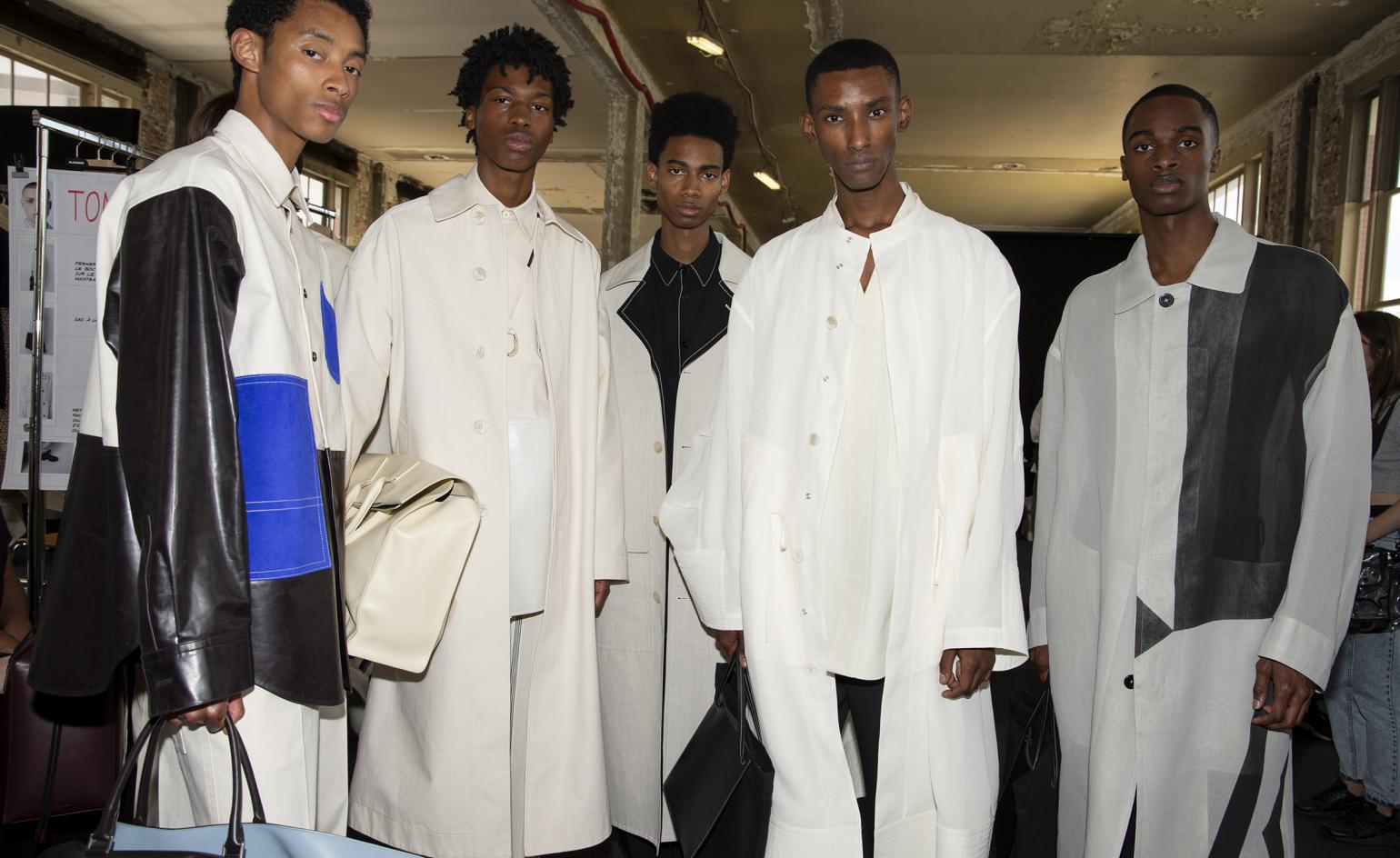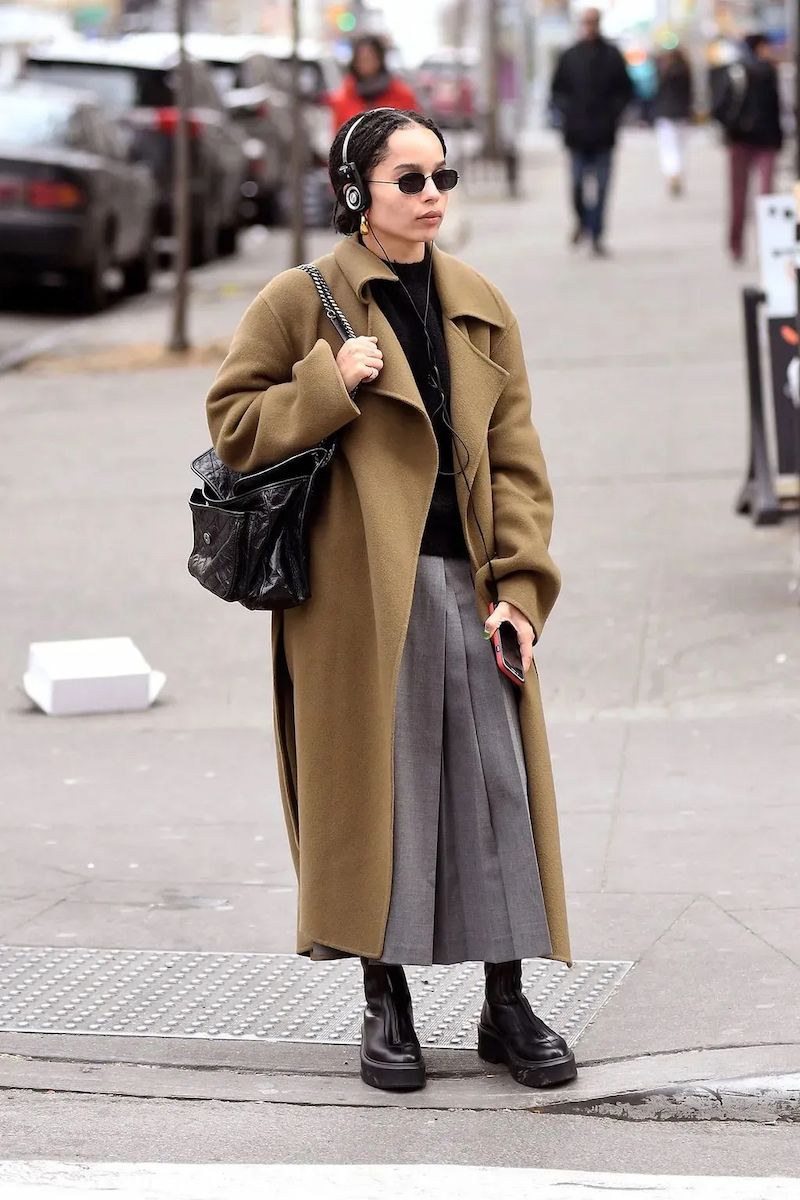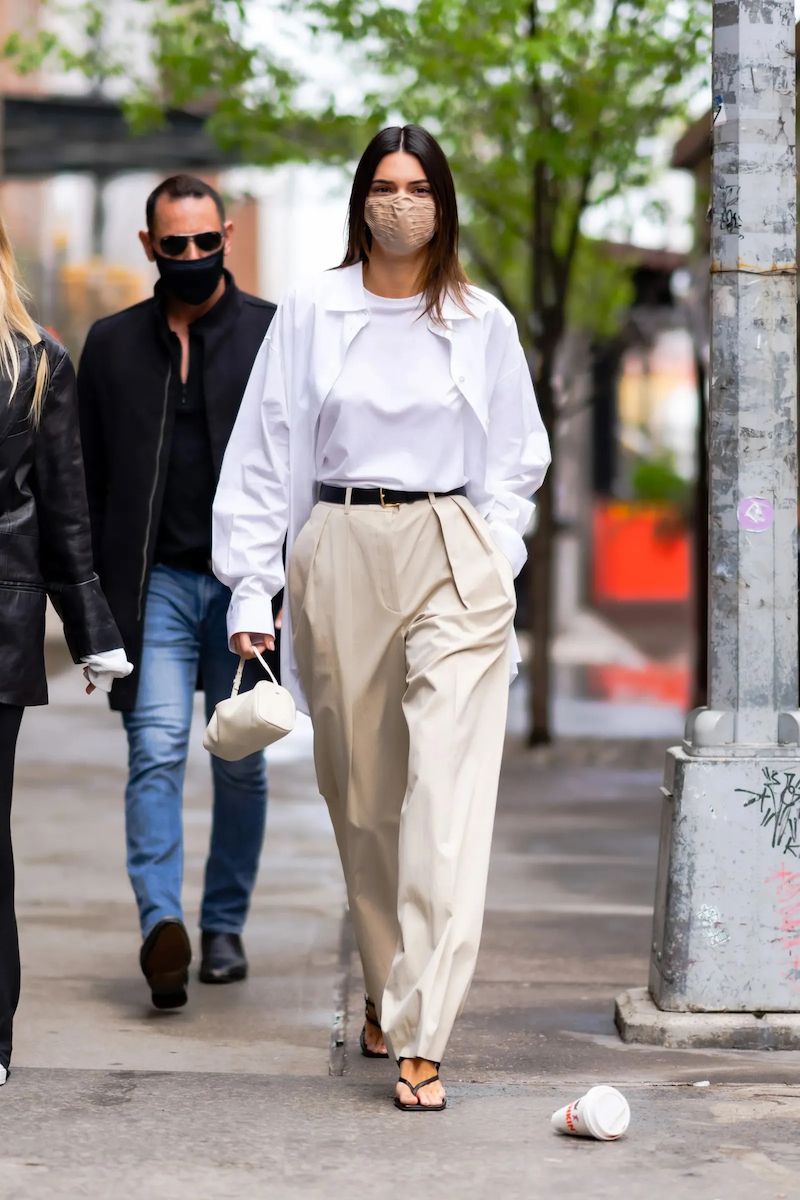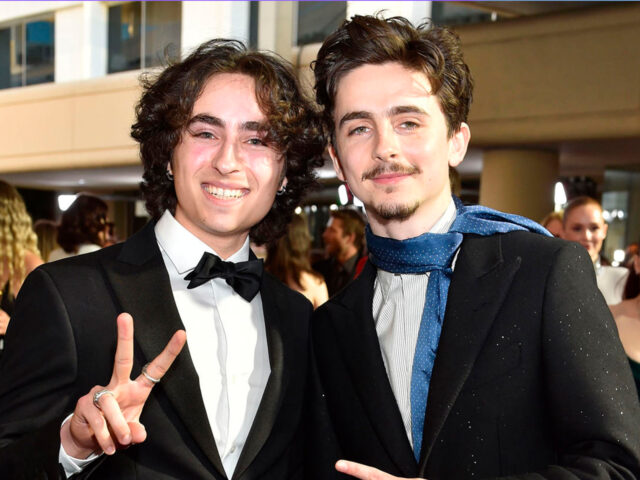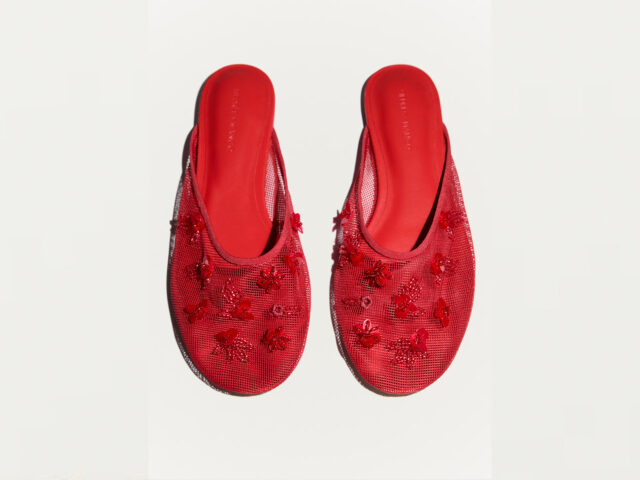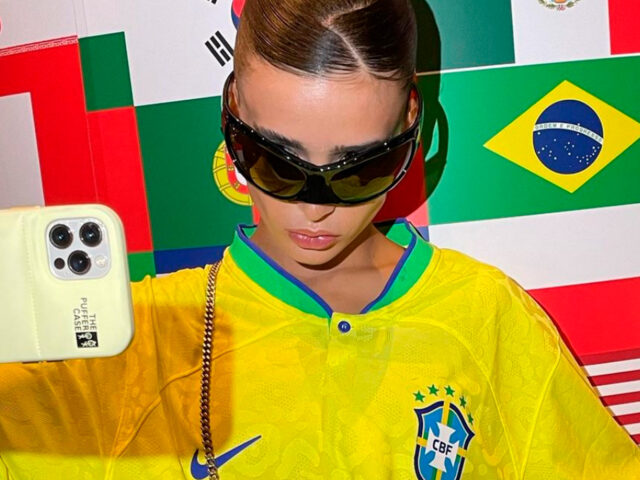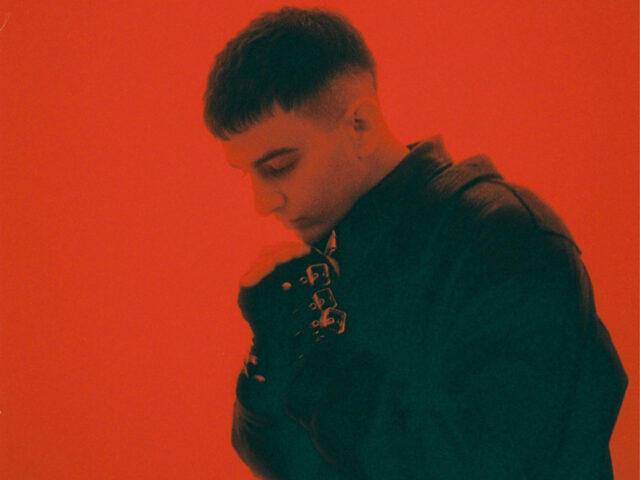Quiet luxury stands as one of the biggest trends of 2023. Quiet luxury is soft and tactile, understated and polished and 100% logo-free.

The silent luxury category is ruled by brands such as The Row, Brunello Cucinelli, Jil Sander or Bottega Veneta. These brands are marketed and reserved for those in the know, and their timeless staples are referred to as silent luxury. The logo for this type of luxury is non-existent, and only those with a trained eye will recognize the prestige item.
With the growing interest in events such as Copenhagen Fashion Week, the Quiet Luxury trend is also becoming increasingly recurrent among fashion influencers. Nordic women are the queens of minimalism, turning any basic into something extremely cool. And everyone wants to copy this look. It doesn’t require much stylistic risk and is usually easy to replicate. One of the best ambassadors of this type of outfit is Gwyneth Paltrow,
Why has silent luxury become so popular now?
Like the vast majority of trends, it’s all part of a cycle in which fashions repeat themselves. In fact, this is not the first time that quiet luxury has dominated fashion. It already became a major trend in 2008, in the midst of the Great Recession, which hit the global landscape. Now, we are in one of those times of economic uncertainty and nerves are on edge about financial futures. People don’t necessarily want to show that they have a lot of money-ostensibly-. And those who have it are investing in timeless pieces with a greater focus on sustainability and conscious consumerism.
Choosing to move away from exaggeration and logomania means looking for wealthier consumers with a discreet taste that partly disguises their power. Because in reality it takes a lot more money to buy a garment where materials and craftsmanship take precedence over the brand.
This factor is very well perceived in the price structure of each type of product. Brands will charge more for austere products and less for pieces that attract attention and are easily identifiable. Logo-centric, easily recognizable branded products are for a type of customer who wants to signal status. But the customer who does not need to demonstrate that status is not driven by a logo. Instead by the intrinsic value of the product. Louis Vuitton, for example, charges more for bags and accessories without any obvious branding. And this pattern is repeated in any brand you may know in the industry.
Quiet luxury places value on high quality materials, craftsmanship and heritage. It rejects the ostentatious logo and creates a sense of exclusivity based on the intrinsic value of the product rather than external markers of wealth. Targeting the clientele that seeks this requires understanding more than their tastes, it requires understanding their lifestyle.
While the logomania and maximalism of brands such as Gucci or LV previously dominated markets, this new way of dressing will benefit discreet brands such as Brunello Cucinelli or The Row. While for the wealthy it is just another way of distinction, the trend will move down the social pyramid until it becomes an open secret.
Sigue toda la información de HIGHXTAR desde Facebook, Twitter o Instagram
You may also like...
